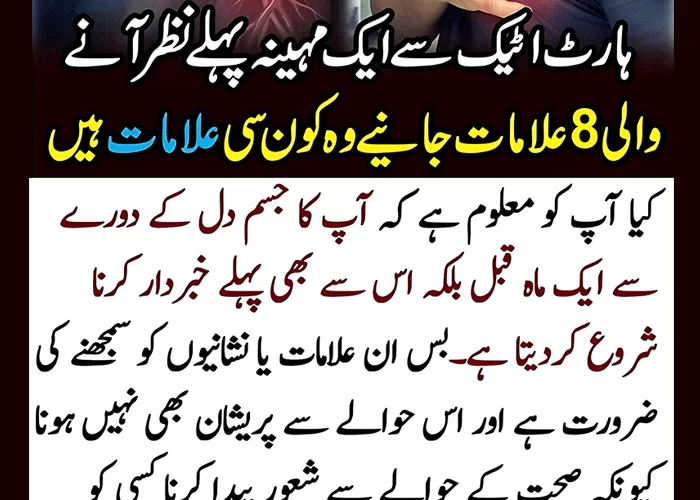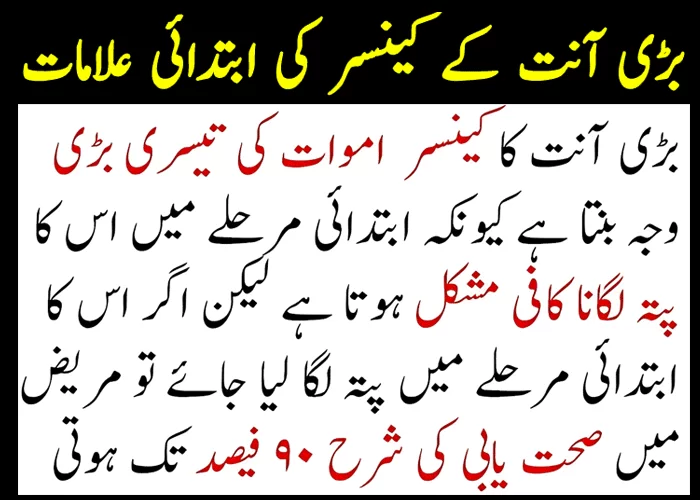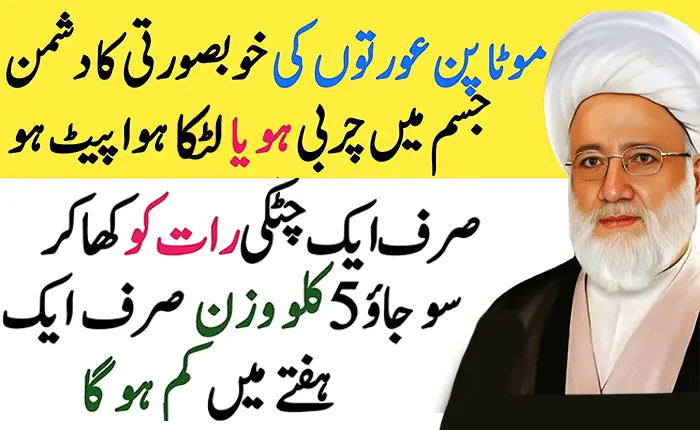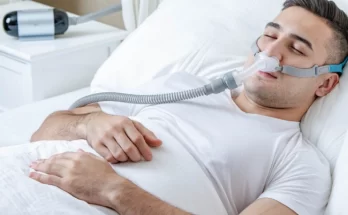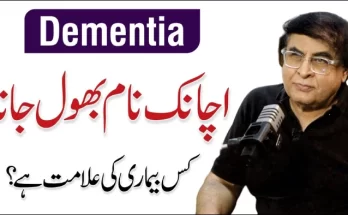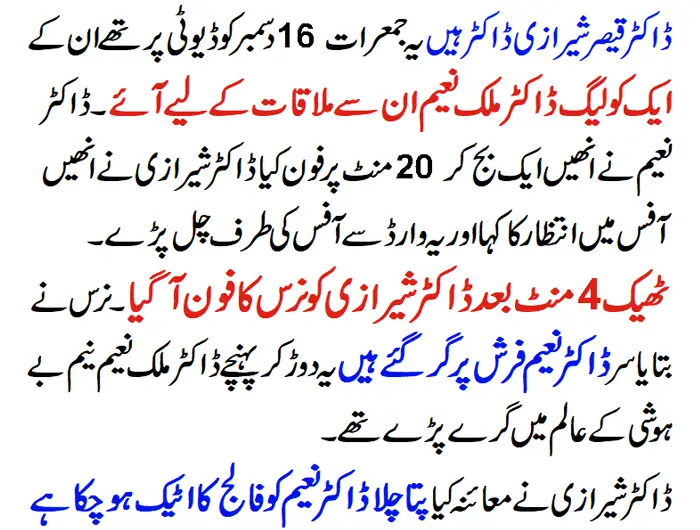
In the complex world of health, having a stroke, often called a brain attack, is a serious concern. It’s important to understand what causes it, recognize the signs, and know the available treatments. This article explores the details of strokes, explaining what leads to them, how to spot the signs, and the treatments that can help a lot.
Causes of Strokes: Think of strokes like sudden storms in the brain. They disrupt the normal flow of blood, and it’s crucial to know why they happen. Strokes are mainly of two types: ischemic, caused by blood clots, and hemorrhagic, caused by bleeding from weak blood vessels. Recognizing the early signs, like face drooping, arm weakness, speech difficulty, and acting quickly by calling emergency services, can make a big difference.
Stroke Causes, Symptoms and Treatment Options (Urdu)
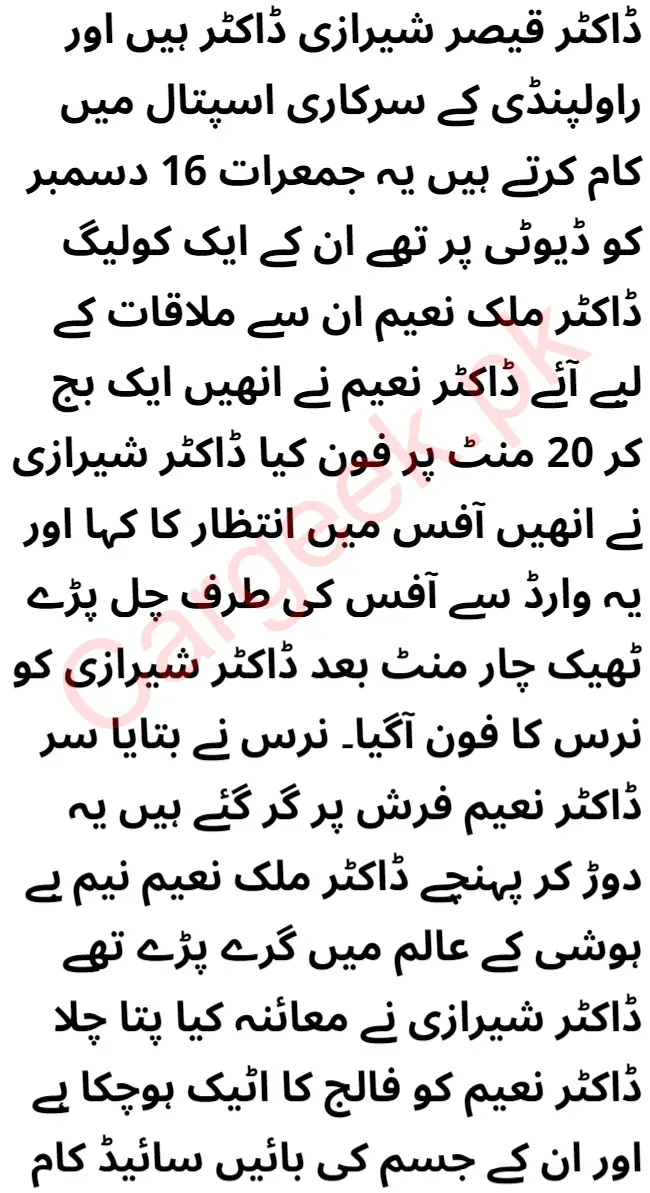

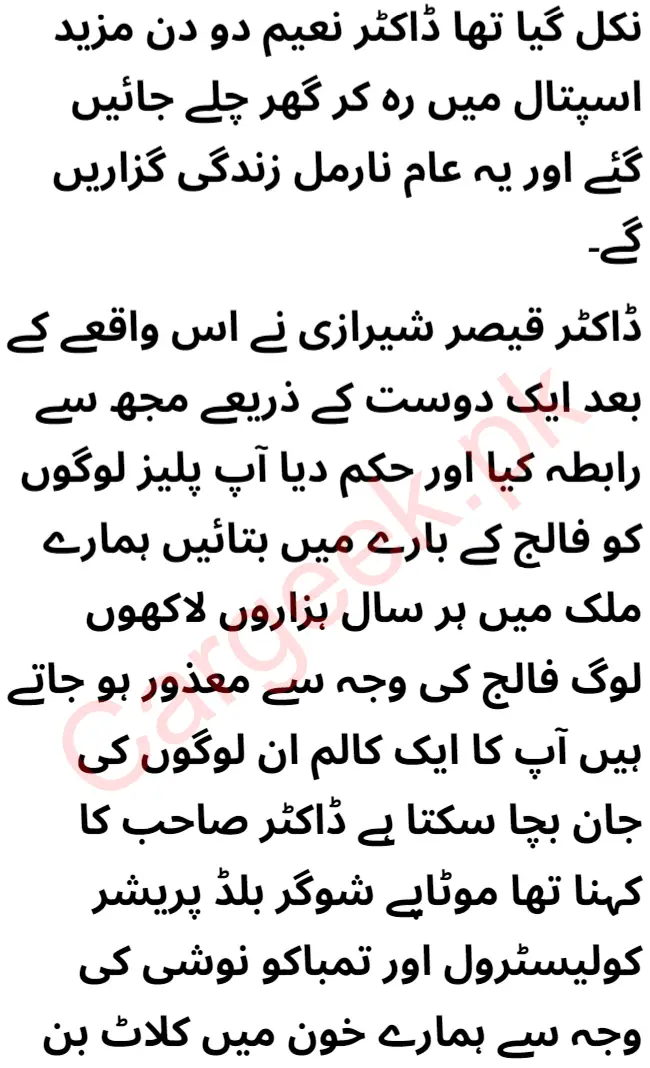




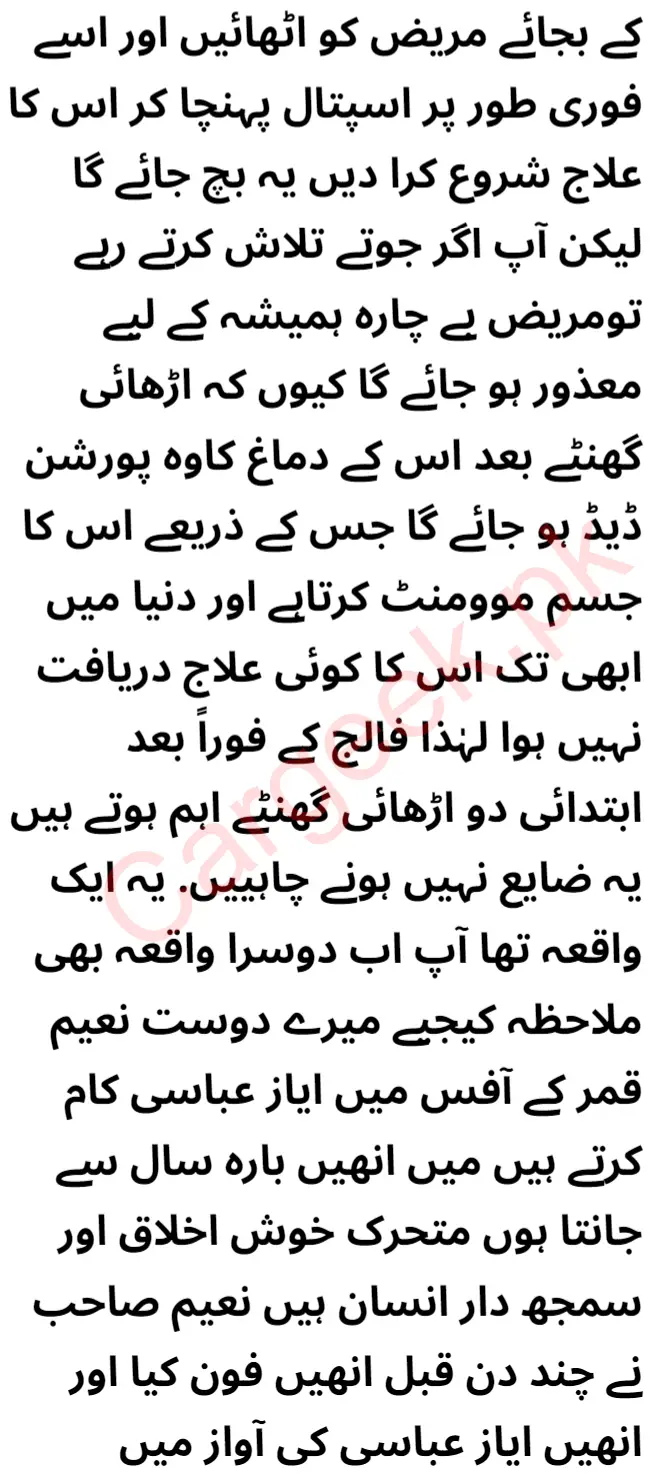





Ischemic Strokes: The Blockage Conundrum
Ischemic strokes, accounting for the majority of cases, occur when a blood clot obstructs a blood vessel supplying the brain. The clot may originate in the brain (thrombotic stroke) or travel from elsewhere (embolic stroke). Conditions like atherosclerosis, where fatty deposits accumulate in blood vessels, increase the risk of ischemic strokes.
Hemorrhagic Strokes: When Blood Takes the Wrong Path
On the flip side, hemorrhagic strokes result from a weakened blood vessel that ruptures and bleeds into the surrounding brain tissue. Hypertension and aneurysms are common precursors to this type of stroke, emphasizing the importance of managing blood pressure for overall brain health.
Symptoms: Decoding the Early Warning Signs
Recognizing the early signs of a stroke is akin to having a reliable compass in navigating the storm. Prompt action can be the difference between recovery and long-term impairment. Common stroke symptoms can be remembered using the acronym FAST:
F – Face Drooping: Is one side of the face drooping or numb?
A – Arm Weakness: Is one arm weak or numb?
S – Speech Difficulty: Is speech slurred or difficult to understand?
T – Time to Call Emergency Services: If any of these symptoms are present, it’s crucial to call emergency services immediately. Time is of the essence when dealing with a stroke, and swift medical intervention can significantly improve the outcome.
Beyond the FAST acronym, other symptoms may include sudden severe headaches, dizziness, loss of balance, and difficulty in walking. It’s important to note that symptoms can vary depending on the type of stroke and the part of the brain affected.
Treatments: Navigating the Road to Recovery
Once a stroke occurs, the focus shifts to minimizing damage and facilitating recovery. The specific treatment approach depends on the type of stroke and how quickly medical attention is sought.
For Ischemic Strokes:
Clot-Busting Medications: Thrombolytic drugs, such as alteplase, are administered to dissolve blood clots and restore blood flow to the affected part of the brain. However, these medications are most effective when given within a few hours of the onset of symptoms.
Mechanical Thrombectomy: In some cases, a procedure known as mechanical thrombectomy may be performed. This involves the use of a catheter to remove the clot directly.
Antiplatelet and Anticoagulant Medications: These medications may be prescribed to prevent the formation of blood clots and reduce the risk of future strokes.
For Hemorrhagic Strokes:
Surgical Interventions: In cases where bleeding is severe, surgical procedures may be necessary to repair the ruptured blood vessel and alleviate pressure on the brain.
Controlling Blood Pressure: Managing hypertension is a critical aspect of treatment to prevent further bleeding.
Rehabilitation: Building Bridges to Normalcy
Recovery from a stroke often involves intensive rehabilitation to regain lost skills and functions. This may include physical therapy, speech therapy, occupational therapy, and psychological support. The goal is to enhance the individual’s quality of life and promote independence.
Preventive Measures: Fortifying the Defenses
Taking proactive steps to reduce the risk of strokes is fundamental for long-term health. Lifestyle modifications such as maintaining a healthy diet, regular exercise, and managing conditions like diabetes and hypertension can significantly lower the risk of stroke.
Regular health check-ups, especially for individuals with risk factors, play a crucial role in early detection and preventive interventions.
In Conclusion:
Strokes are complex and potentially devastating events that require swift action and comprehensive understanding. From deciphering their causes to recognizing early warning signs, and implementing timely treatments, the collective effort in stroke management can pave the way for better outcomes. Ultimately, the key lies in awareness, education, and a commitment to a healthy lifestyle, forming a robust defense against the occurrence of strokes in the first place.

